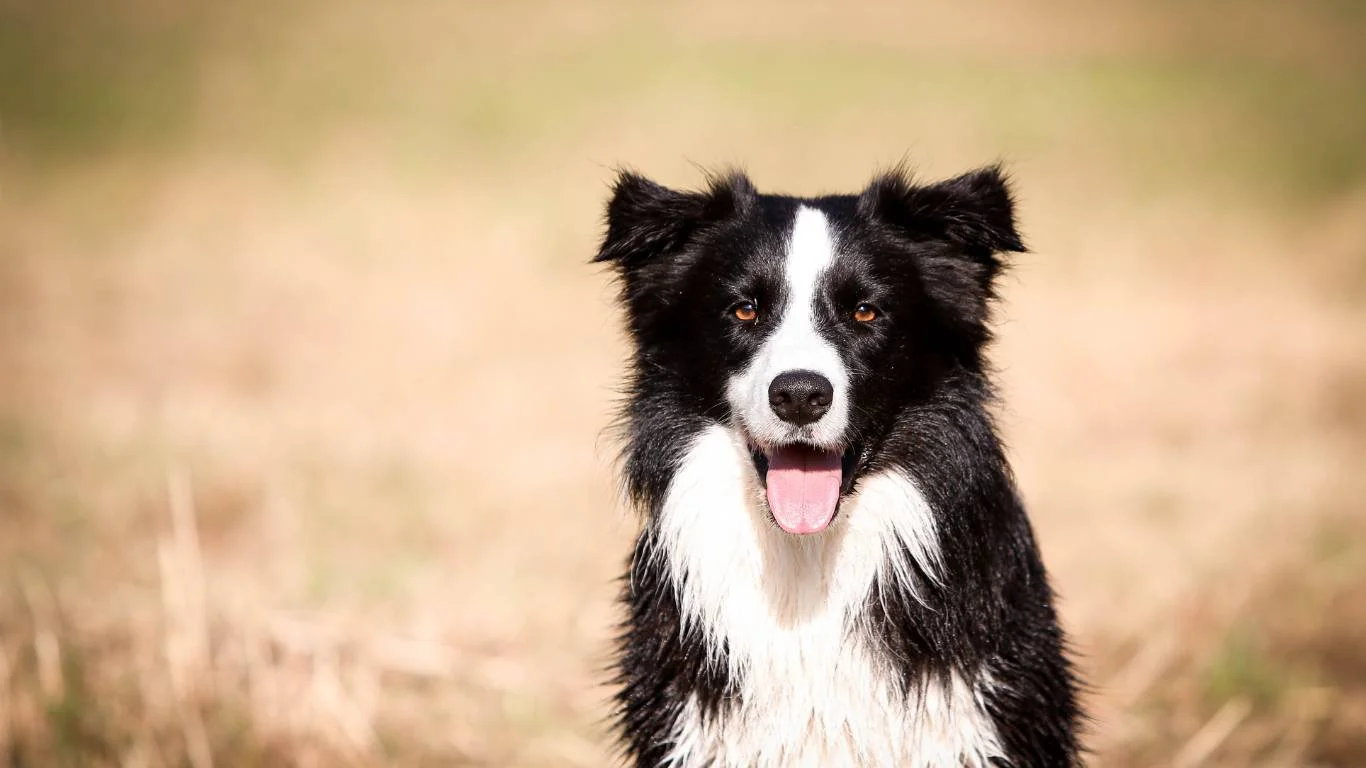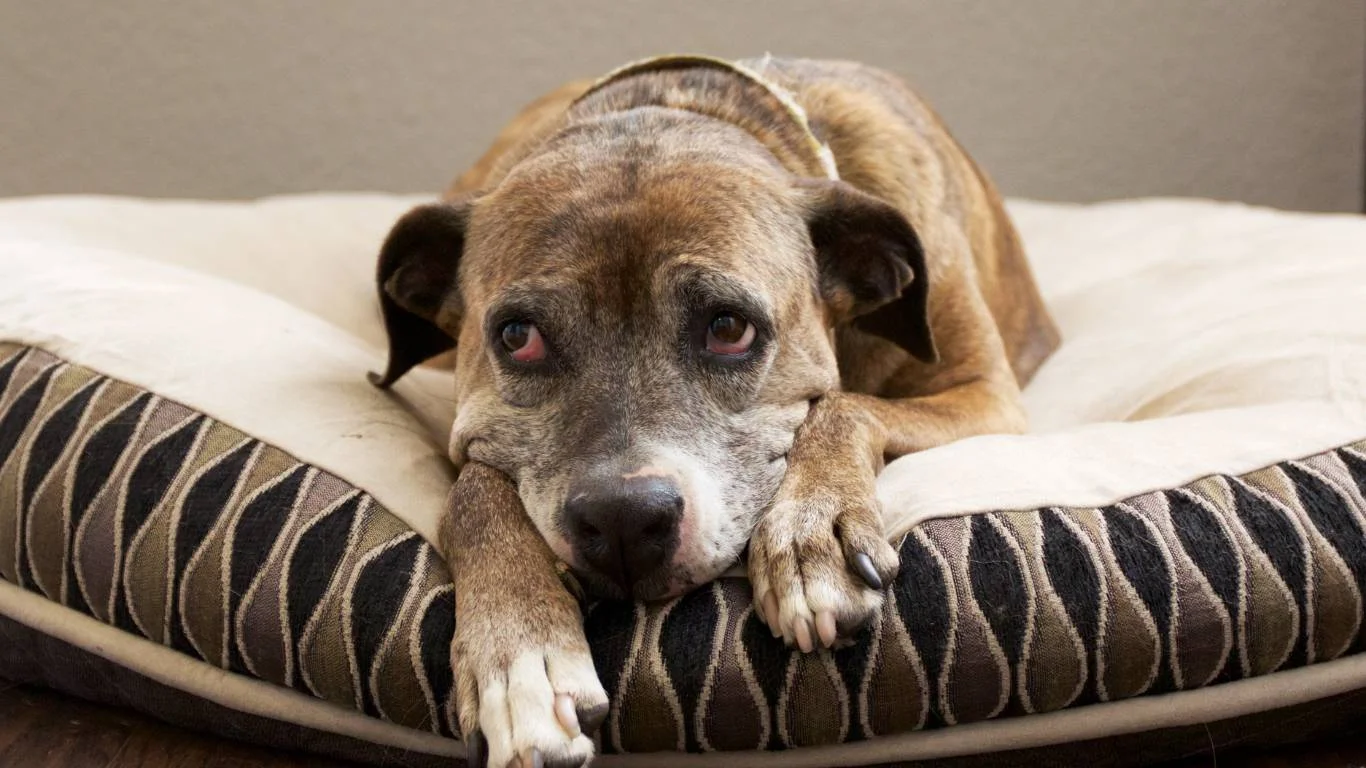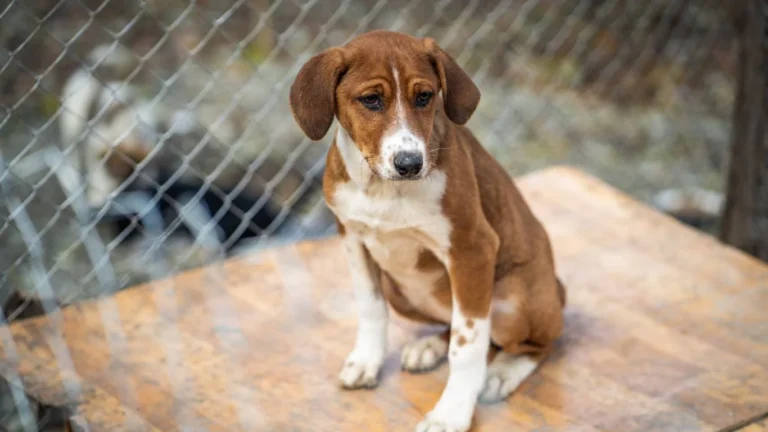Ultimate Guide: How to Treat Your Dog’s Dry, Flaky Skin & Stop Itching!
Noticing your dog constantly scratching, licking, or dealing with dry, flaky skin? You’re not alone! As a pet nutritionist and someone who’s worked in veterinary clinics, I’ve seen countless pet parents come in, worried about their pup’s itchy, irritated skin. And let me tell you—treating your dog’s dry, flaky skin isn’t just about finding a quick fix. It’s about understanding the root cause and making changes that truly help. So, let’s dive into what’s causing your furry friend’s discomfort and how you can give them relief.
Common Causes of Dry, Flaky Skin in Dogs

Before we jump into treatments, we need to figure out what’s actually causing your pup’s skin to act up. I’ve had pet parents try everything—oatmeal baths, coconut oil rubs, switching shampoos—but without understanding the root problem, the symptoms just keep coming back. Here are some of the most common culprits:
1. Allergies (Food & Environmental)
One of the biggest reasons dogs suffer from dry, itchy skin is allergies. And just like us, they can be allergic to all sorts of things.
- Food Allergies: Common offenders include chicken, beef, dairy, soy, and grains. I’ve seen dogs thrive after switching to a limited-ingredient or hypoallergenic diet.
- Environmental Allergies: Pollen, dust mites, mold, and even household cleaners can trigger itchy skin.
Pro Tip: If you suspect food allergies, try an elimination diet. Switch to a novel protein like venison or duck and see if symptoms improve.
2. Low-Quality Diet & Nutritional Deficiencies
You know the saying, “You are what you eat”? Well, the same goes for our dogs. I’ve seen dogs come in with brittle fur, dull coats, and dry skin, only to realize their diet was missing key nutrients.
- Omega-3 & Omega-6 Deficiency: Healthy fats are essential for skin hydration.
- Low-Quality Ingredients: Fillers like corn, wheat, and by-products don’t provide the essential nutrients needed for skin health.
What Works: A high-quality, well-balanced diet rich in healthy fats, proteins, and essential vitamins. More on that later!
3. Overbathing or Harsh Shampoos
It’s tempting to bathe your dog often, especially if they start smelling like, well… a dog. But frequent washing can strip their skin of natural oils, making it dry and flaky.
- Too Much Bathing: Washing more than once every 2-4 weeks can lead to moisture loss.
- Harsh Shampoos: Avoid sulfates, artificial fragrances, and alcohol-based products.
Vet-Approved Tip: Use a mild, hypoallergenic, or oatmeal-based shampoo to keep your pup’s skin nourished.
4. Parasites & Skin Infections
Itchy, flaky skin could also be a sign of something more serious, like mites, fleas, or bacterial infections.
- Fleas & Mites: These tiny pests can cause extreme itching and irritation.
- Yeast or Bacterial Infections: Often seen in dogs with underlying allergies or compromised immune systems.
If your dog’s skin is red, inflamed, or smells funky, a vet visit is a must!
How to Treat Your Dog’s Dry, Flaky Skin at Home

Alright, now that we know what’s causing the problem, let’s talk solutions! Treating your dog’s dry, flaky skin isn’t just about applying lotion and hoping for the best. It’s about a holistic approach that includes diet, grooming, and the right skin-care routine.
1. Upgrade Your Dog’s Diet
In my years working with pets, I’ve seen firsthand how much a proper diet impacts skin health. If your pup is eating kibble packed with fillers and artificial ingredients, it’s time for an upgrade.
Look for these key ingredients:
- Omega-3 & Omega-6 Fatty Acids: Found in fish oil, flaxseed, and certain high-quality dog foods.
- High-Quality Protein: Real meat sources like salmon, duck, or turkey.
- Vitamin E & Zinc: Essential for skin repair and hydration.
Bonus Tip: Adding a fish oil supplement to your dog’s meals can work wonders for their coat and skin!
2. Hydration is Key
Many pet parents overlook this one, but dehydration is a sneaky cause of dry skin. If your pup isn’t drinking enough water, their skin will suffer.
- Always provide fresh, clean water.
- Consider adding moisture-rich foods like wet food or bone broth.
Did You Know? Adding a bit of coconut water (unsweetened) to your dog’s water bowl can boost hydration!
3. Try Natural Moisturizers
While dietary changes work from the inside out, some external treatments can provide immediate relief.
- Coconut Oil: A little goes a long way—rub a small amount into dry areas.
- Oatmeal Baths: Soothes itchy skin and helps lock in moisture.
- Aloe Vera: Great for minor skin irritation (make sure it’s pet-safe).
Quick Reminder: Always patch test new topical treatments to ensure your pup doesn’t have a reaction.
Best Grooming Practices to Soothe Dry, Flaky Skin

When it comes to treating dry, flaky skin in dogs, grooming is just as important as diet and hydration. I’ve had pet parents tell me, “But I brush my dog all the time!”—only to find out they were unknowingly using the wrong tools or techniques. Proper grooming can make a world of difference, so let’s break it down.
1. Brushing: The Right Tool for the Job
Brushing isn’t just about keeping fur tangle-free—it helps distribute natural oils and removes dead skin cells that can make your dog’s coat look dull and flaky.
- Short-Haired Dogs: A soft-bristle brush or grooming mitt works wonders.
- Long-Haired or Double-Coated Breeds: Use an undercoat rake or slicker brush to prevent matting and allow the skin to breathe.
Insider Tip: I always recommend brushing your dog before and after a bath. This helps remove dead skin and loose fur before water makes it harder to brush out.
2. Bathing Routine: Less is More
Remember how we talked about overbathing? It’s a common mistake! If your pup suffers from dry skin, keep baths to a minimum—around once a month unless they get extra dirty.
Use a soothing shampoo with:
- Oatmeal & Aloe Vera: Naturally hydrates and calms irritated skin.
- Coconut or Argan Oil: Helps lock in moisture.
- Hypoallergenic Formulas: Free from sulfates, dyes, and artificial fragrances.
Post-Bath Tip: Always follow up with a dog-safe conditioner to restore moisture. If your dog allows it, a quick coconut oil rub after towel-drying can work wonders!
3. Dealing with Dandruff: Home Remedies That Work
Yes, dogs get dandruff too! If you see tiny white flakes, don’t panic—it’s usually a sign of dryness rather than something serious.
- Apple Cider Vinegar Rinse: Mix 1 part vinegar with 3 parts water and use it as a final rinse after bathing (great for itch relief!).
- Humidifier: If you live in a dry climate, running a humidifier near your dog’s bed can help keep their skin from drying out.
- DIY Oatmeal Mask: Blend oatmeal into a fine powder, mix with warm water, and apply to dry patches for 10-15 minutes before rinsing.
Personal Tip: One of my clients swore by adding a spoonful of plain yogurt to their dog’s meals to balance gut health—and guess what? Their pup’s skin improved dramatically!
When to See a Vet for Your Dog’s Dry Skin

While home remedies and diet changes can do wonders, some cases of dry, flaky skin need a professional touch. I always tell pet parents to trust their instincts—if something feels off, it’s better to get a vet’s opinion.
1. Signs It’s More Than Just Dry Skin
If your dog’s skin issues persist despite your best efforts, it might be time for a vet visit. Look out for:
- Excessive Scratching or Licking: Constant irritation can lead to secondary infections.
- Red, Inflamed, or Oozing Skin: This could indicate an infection or underlying condition.
- Bald Patches or Hair Loss: Might be a sign of mange, ringworm, or an autoimmune issue.
- Bad Odor from the Skin: Yeast or bacterial infections often have a distinct smell.
What to Expect at the Vet: Your vet may do a skin scrape, allergy test, or prescribe medicated shampoos, antibiotics, or anti-inflammatory treatments depending on the cause.
2. Could It Be a Medical Condition?
Sometimes, dry skin is a symptom of an underlying health issue. I’ve seen cases where skin problems were linked to:
- Hypothyroidism: A sluggish thyroid can cause flaky skin and hair thinning.
- Cushing’s Disease: Leads to skin infections and poor coat quality.
- Fungal Infections: Like ringworm, which needs antifungal treatment.
If your vet suspects a deeper issue, they may recommend blood tests or a biopsy to get to the root of the problem.
Final Thoughts: Healthy Skin Starts from Within
At the end of the day, treating your dog’s dry, flaky skin is about taking a well-rounded approach—balancing nutrition, grooming, and skin care. Whether it’s switching to a high-quality diet, adding supplements, or adjusting their bathing routine, small changes can make a huge difference. And remember, if something feels off, don’t hesitate to get your vet involved.
So, what’s your go-to remedy for dry dog skin? I’d love to hear about it—drop a comment below and share your experiences!
Case Studies & Real-Life Examples

Sometimes, the best way to understand a problem is by looking at real-life cases. Over the years, I’ve helped many pet parents navigate their dogs’ dry, flaky skin issues, and here are a few success stories that might just resonate with you.
Case Study 1: Bella, the Labrador with Chronic Dry Skin
Bella, a 5-year-old Labrador, had been suffering from constant itching and flaky skin despite numerous vet visits. Her owner tried different shampoos, but the problem kept coming back. After a thorough diet assessment, we realized Bella’s kibble lacked essential fatty acids.
What Worked:
- Switched to a high-quality, grain-free diet with salmon as the main protein.
- Added fish oil supplements daily for omega-3 and omega-6 support.
- Reduced bath frequency and switched to an oatmeal-based shampoo.
The Result: Within six weeks, Bella’s coat transformed! Her skin was no longer flaky, and she wasn’t constantly scratching.
Case Study 2: Max, the Poodle with Seasonal Allergies
Max’s owner reached out to me in frustration—every spring, Max would start scratching like crazy, and his skin would get red and flaky.
What Worked:
- Started wiping Max’s paws and coat with a damp cloth after walks to remove pollen.
- Used a hypoallergenic diet to reduce potential food-related inflammation.
- Introduced a probiotic supplement to boost his immune system.
The Result: After just one allergy season on this new regimen, Max’s symptoms were significantly reduced, and his owner no longer dreaded spring!
Key Takeaways: What You Need to Remember
Treating your dog’s dry, flaky skin isn’t about finding a one-size-fits-all solution—it’s about understanding their unique needs. Here are the most important things to keep in mind:
- Check Their Diet: A high-quality, nutrient-rich diet can make all the difference.
- Hydration Matters: Make sure your dog has access to fresh water and consider moisture-rich foods.
- Gentle Grooming is Key: Avoid overbathing and use dog-friendly products.
- Monitor for Underlying Issues: If symptoms persist, a vet visit is essential.
By taking a holistic approach, you can help your pup feel comfortable in their skin—literally!
FAQs
1. Can I use human lotion on my dog’s dry skin?
No, most human lotions contain ingredients that aren’t safe for dogs. Stick to pet-safe moisturizers like coconut oil or vet-recommended creams.
2. How long does it take to see improvements?
It depends on the cause, but most dietary changes take around 4-6 weeks to show visible results.
3. Should I be worried if my dog’s skin flakes after switching shampoos?
Sometimes, a new shampoo can cause temporary flakiness as the skin adjusts. If irritation persists, switch to a hypoallergenic formula.
Bonus: Additional Resources & DIY Tips
Looking for more ways to keep your dog’s skin healthy? Here are some extra tips:
- DIY Coconut Oil Balm: Mix organic coconut oil with a drop of vitamin E oil and massage onto dry patches.
- Herbal Rinse: Brew chamomile or green tea, let it cool, and use it as a soothing rinse for itchy skin.
- Bone Broth Boost: Adding homemade bone broth to your dog’s meals can support skin hydration from within.
Appendix: References & Call to Action
For more expert-backed advice on dog skin health, check out these trusted sources:
- American Kennel Club (AKC) – Skin and coat health tips.
- Cornell University College of Veterinary Medicine – Canine dermatology research.
- ASPCA – Dog care and skin condition guidance.
Disclaimer: This article is for informational purposes only and should not replace professional veterinary advice. If your dog’s symptoms persist or worsen, consult your veterinarian.
Have a question or a personal tip that worked for your dog? Share your experience in the comments below!






